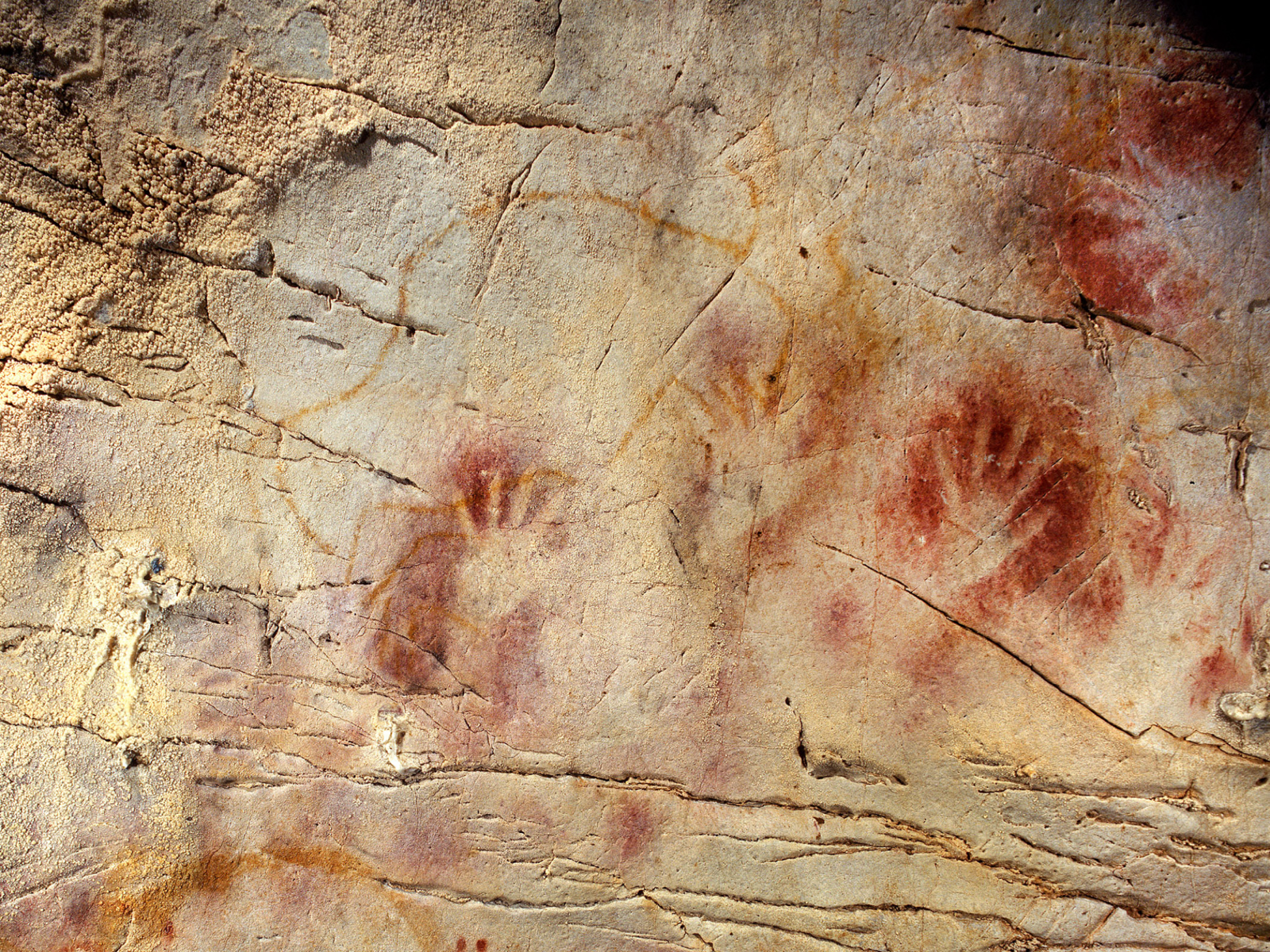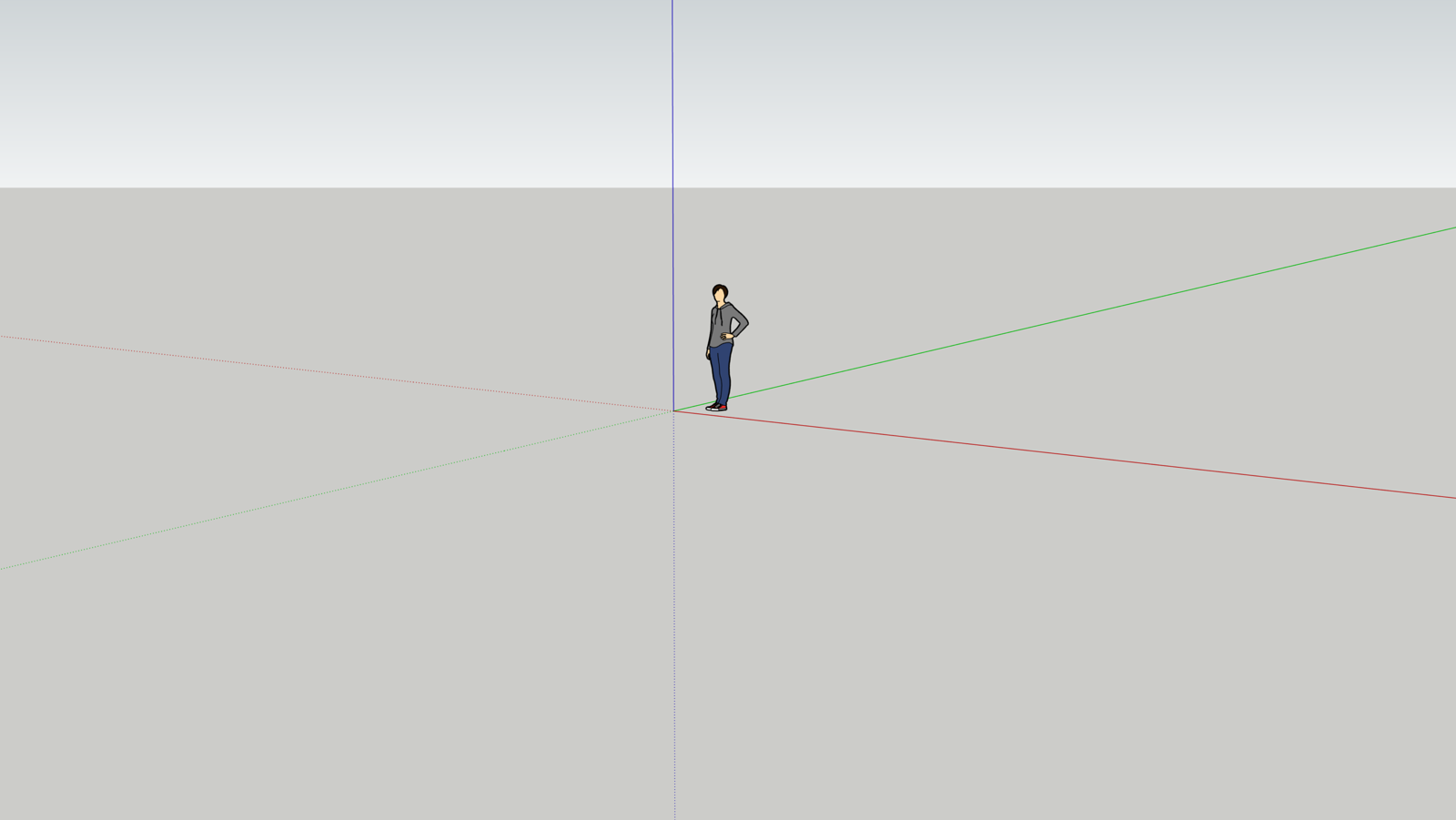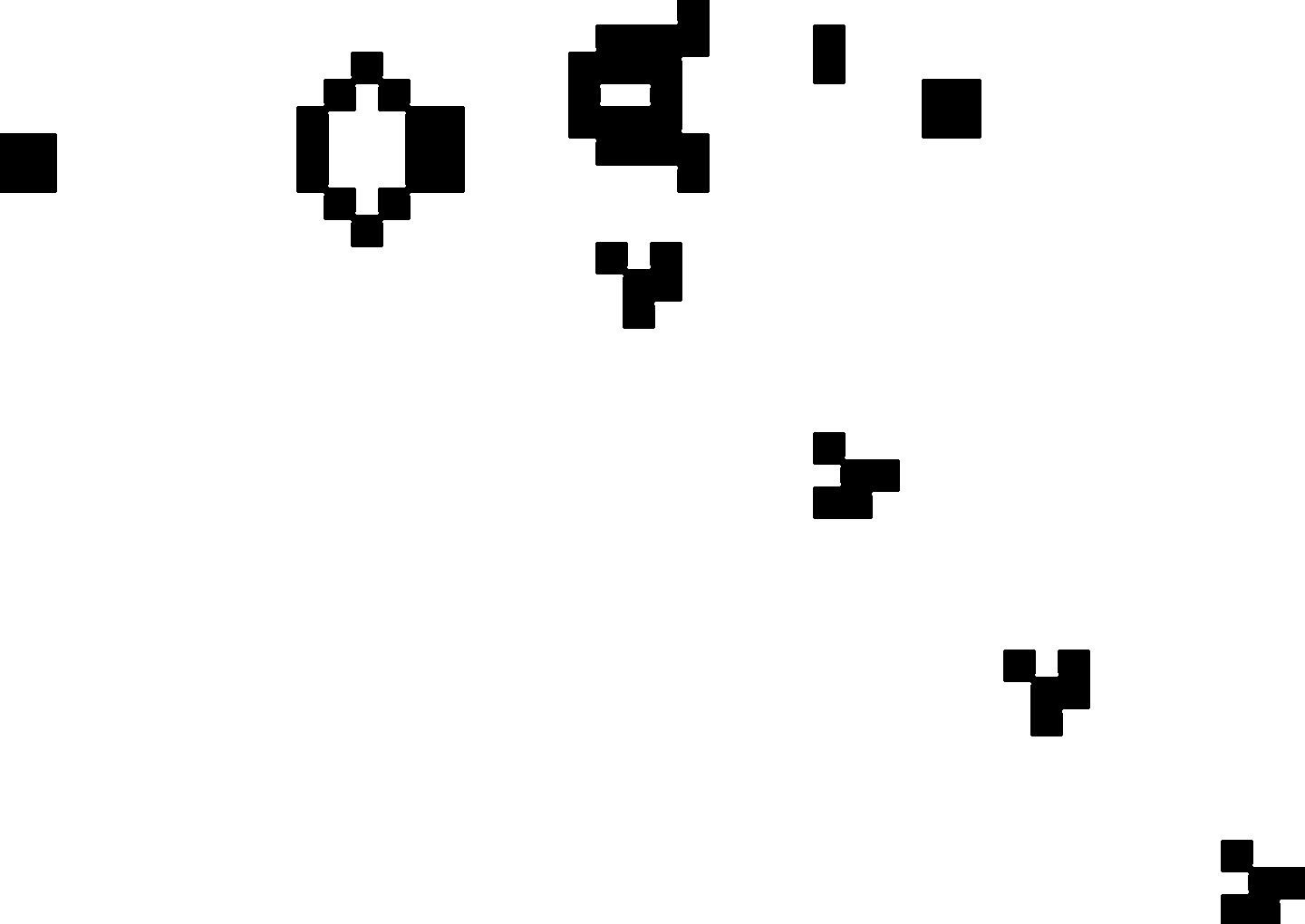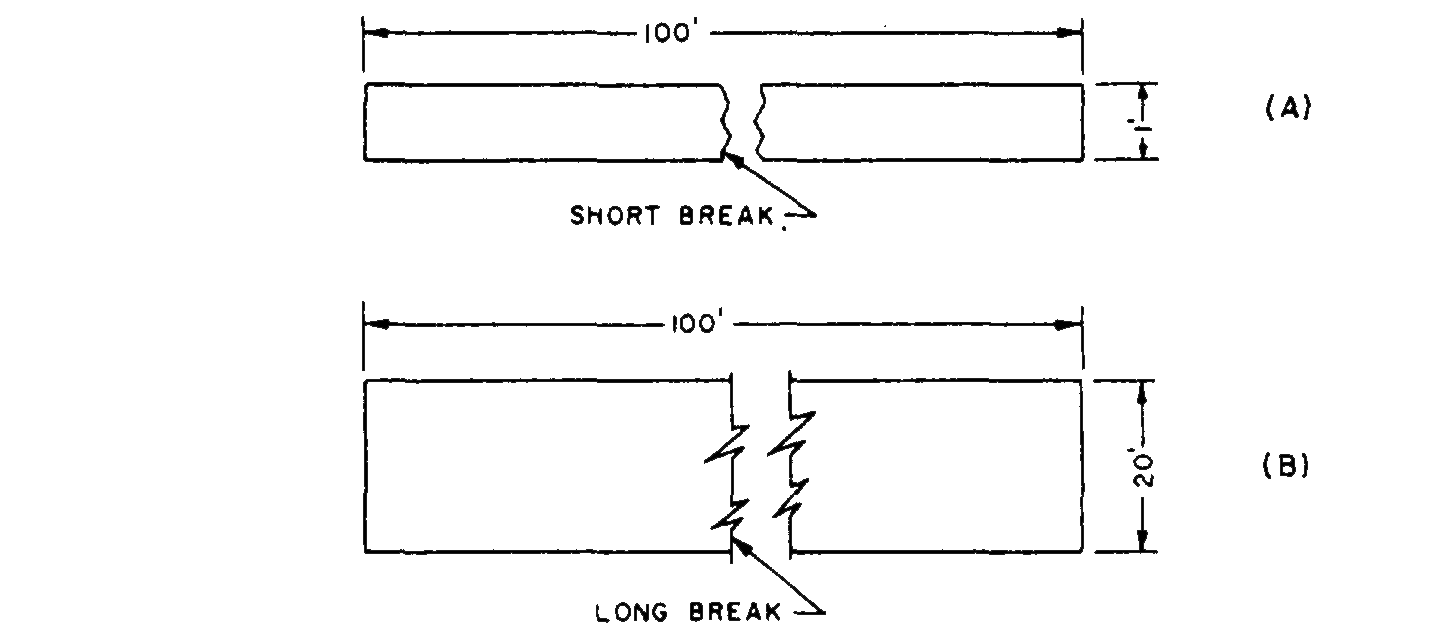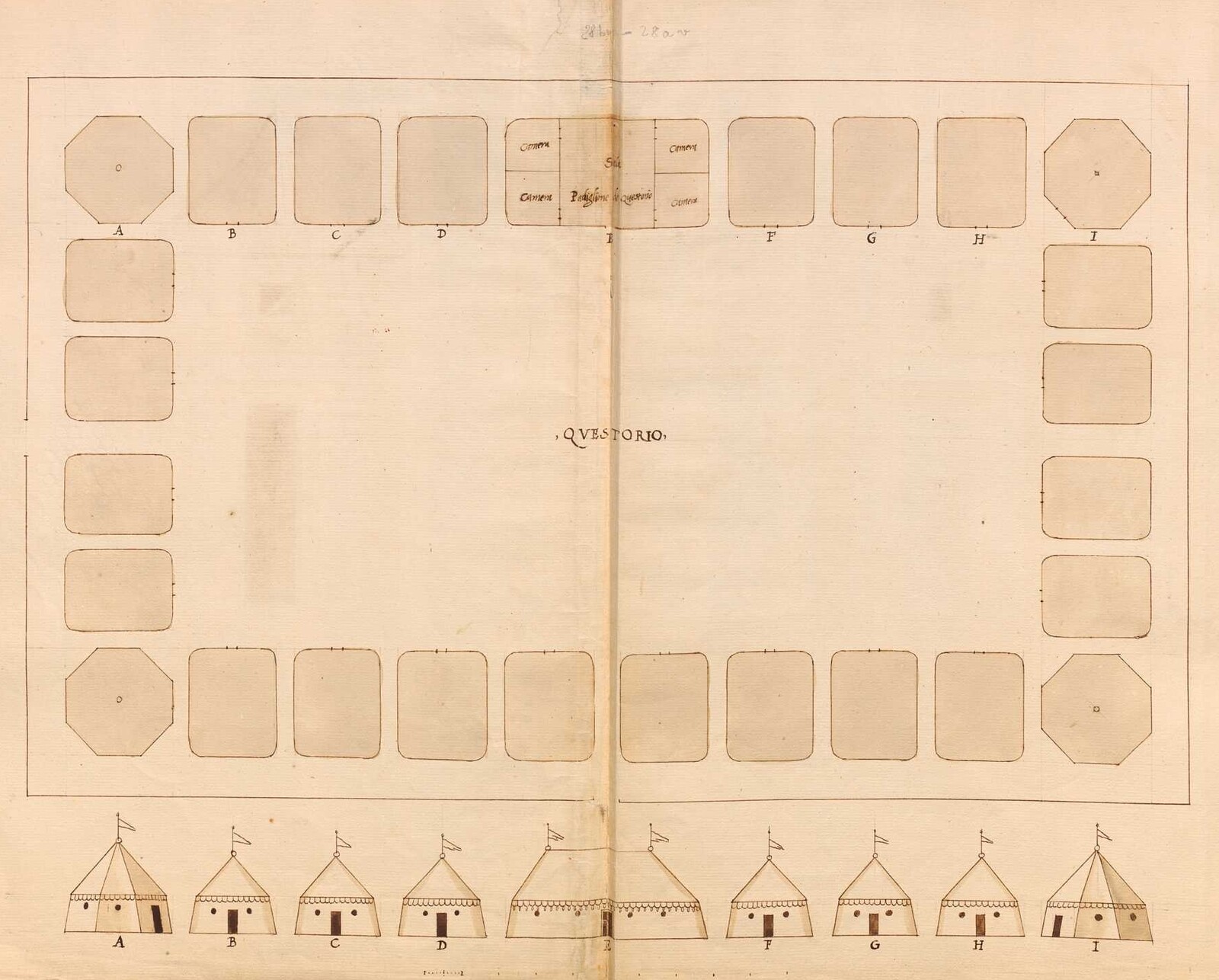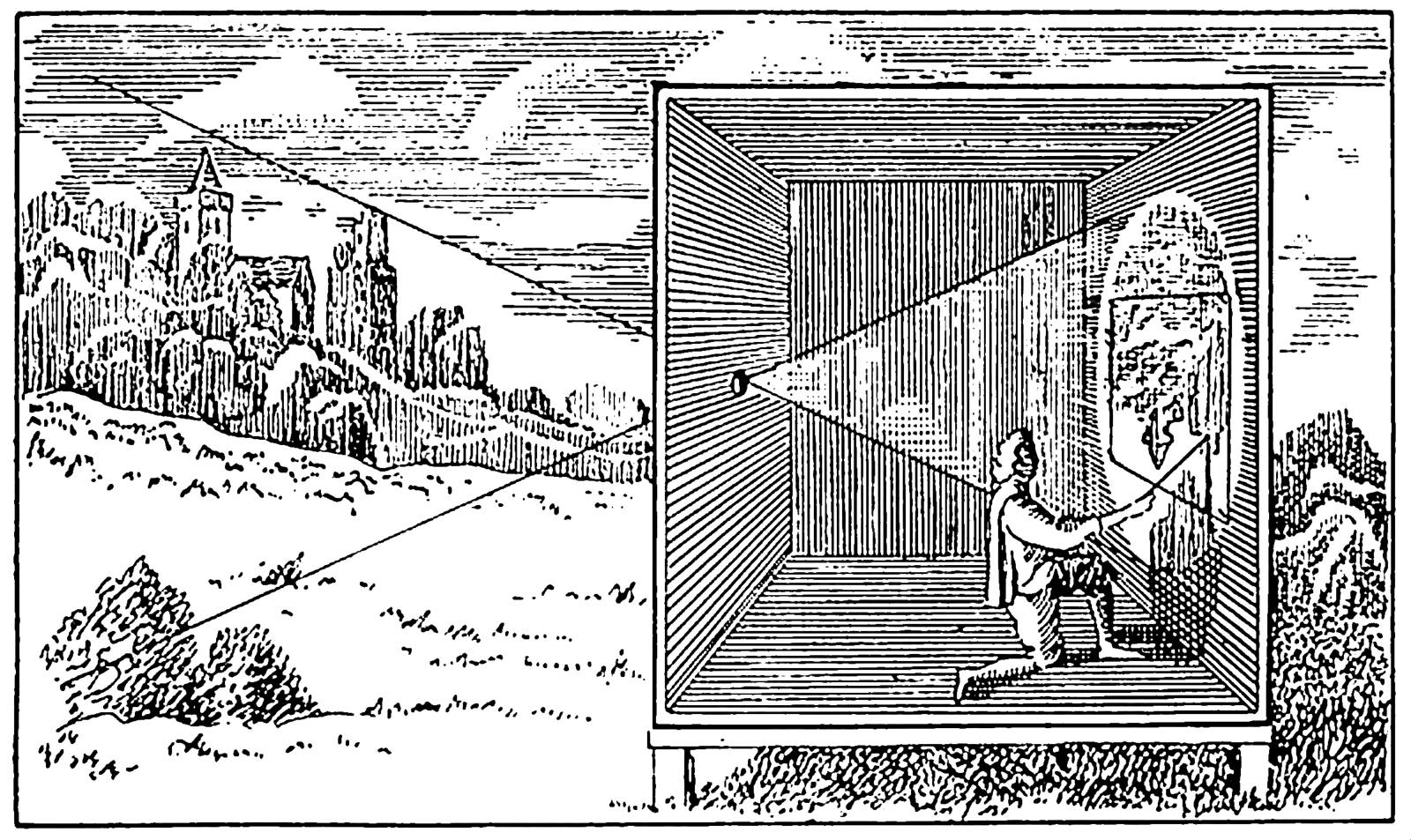Inside the mountain, the cave. But right now, we’re sheltered under a modern structure fixed over the mouth of the cave like a kind of architectural respiratory mask. Attached to the cliff above, mechanical and organic matter are fixed together with what looks like the kind of giant bolts used to attach the head of Frankenstein’s monster to his neck.
We’re hanging around waiting for the guide to arrive. To kill the time, my daughter uses her phone to translate the infographic signs explaining the history of the cave. The picture on her screen maps a real-time translation of the Spanish captions. Same font, same color; a live feed of the thing that’s right in front of us overlaid onto that very same thing. Its image is produced by a cocktail of image recognition, remote AI, wireless communication, and portable electronics. Through Google’s machine vision, the sign seems to be on the brink of glitching out, oscillating between physical and virtual states with a nervous energy.
We’re waiting to enter El Castillo, a cave system that contains the earliest human artwork yet discovered: cave paintings recently dated at 40,000 years old.
In other words, we are going back in time. This time for real. Yesterday, we saw a replica of the Altamira cave, reconstructed at 1:1 in fiberglass, which despite its accuracy, seemed to collapse all of human history into one rock-effect space. The net-cave’s long, low opening was glazed with a frameless windscreen window like a paleo-John Lautner house. The inside was dotted with with scenographic archeology setups and a Pepper’s ghost of Neanderthals cooking over a stove, whose blue hued flickering recalled the sci-fi of Princess Leia’s hologram more than pre-history.
But this time, it’s the real deal: an actual site. Our small group is briefed on a landing outside a steel door before our guide walks us down through the cave system until we find ourselves crouched in an alcove. He traces the beam of a torch over the rock surface, pointing out the markings and scratches. Here, the back of a bison. There, the face of a horse. Black charcoal in arcs forming graded shadow. Red iron oxide-like rouge on the rock’s cheek. Marks that play across the surface of geology as if coaxing recognizable apparitions from the rock-form. He describes how the scenes depicted in front of us were layered over generations; a drawing that emerged over millennia.
He shows us dots and lines, like a kind of Morse code trailing across the cave surface. But without the cipher, these graphic signals beamed across time have become noise.
Then, arrestingly, the silhouette of a hand on the wall, dusted oxide red. Shockingly fresh, as if it were planted there today; so close we might almost touch. It reaches across the millennia toward us. Held up as if it is greeting us. The open palm is as close as we get to seeing the identity of our ancestors, yet as the outline of the oxide shadow blurs into rock, the of body that placed the mark recedes into the invisible and unknowable fog of history.
Throughout this cave, and across the paleo-world of what is now southern Europe, are cave paintings of bodies and figures, people and animals. Not portraits, but points, like the freeze-frame screens that football pundits use on pay TV. Except these drawings are made over millennia, describing some other kind of relationship to time and space. These cave art scenes are pictures of space, of gaps between, of the tension between figures.
The surfaces of the cave narrate stories like celestial constellations. Images are etched, smeared, blown, and drawn onto this undulating, ragged, curved surface so that topography blurs into figures—the surface of a sleeping bison, the neck of a horse conjured by shading applied to a fissure or a bump.
Caves invert the space of the world above ground. In these underground interiors, space is bounded by the earth itself. Yet through the drawings in these concave enclosures, they are rendered into worlds. Representation transforms them into an essential act of architecture—spaces that organize meaning and form. One might even say that these drawings act as the first form of architecture—that the natural cave becomes architecture not through shelter but representation. These were not places to live, after all, but served some other purpose.
What if there never was a primitive hut? Perhaps the origin of architecture lies within these representational fields of iron oxide dust, charcoal, pigments, and scraped lines.
Caves are spaces of representation without edges; where the world and the space of the page are the same thing. Drawings whose subject, but also medium, is space. Representation that is applied to the world itself; representation that becomes the world.
Inside the cave, we occupy the drawing just as the drawing occupies and manufactures space. We are not outside observers of an image, but active participants within the space of representation.
Looking closely, there are other specific representational tropes. There are no faces on any of the figures. No sky either; no trees, no rivers, no landscape, no horizon.
They are pictures of the world, but a world that is different to ours; a world whose outlines remain daubed on cave walls but whose meaning we can’t comprehend. Maps whose coordinates have been lost, whose legend no longer makes sense, whose orientations and coordinates obey different rules. Representations whose scale and depth no longer register as they did with their authors.

Steven van der Meulen and Steven van Herwijck, Portrait of Elizabeth I (The Hampden Portrait), 1563. Photo: Wikimedia Commons.
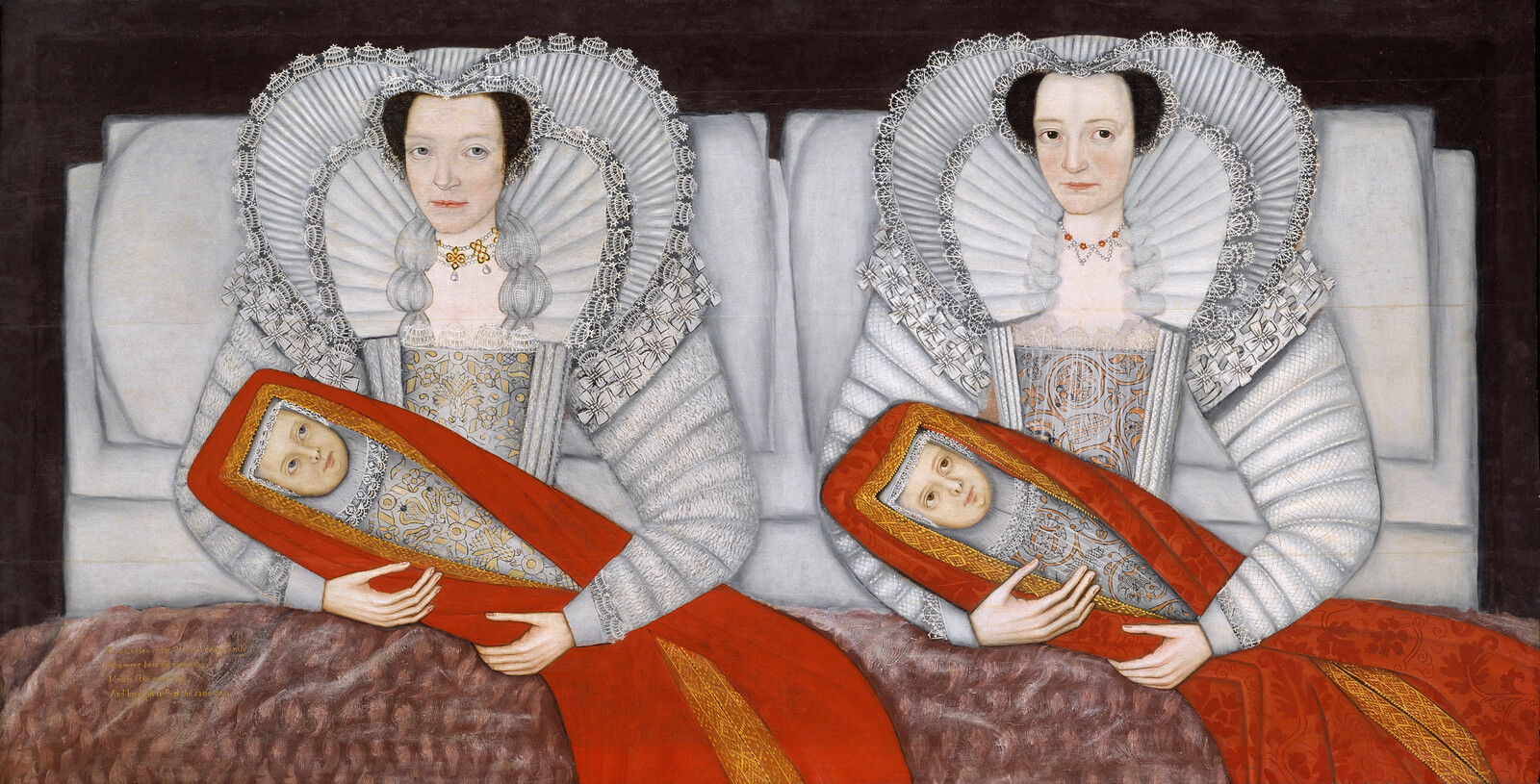
Anonymous (British School, 17th century), The Cholmondeley Ladies, c. 1600–10. Photo: Wikimedia Commons.

William Hogarth, The Painter and His Pug, 1745. Photo: Wikimedia Commons.
Steven van der Meulen and Steven van Herwijck, Portrait of Elizabeth I (The Hampden Portrait), 1563. Photo: Wikimedia Commons.
We might assume space to be a universal condition. But, as our inability to understand the space of the cave drawings demonstrates, the qualities and meanings of space have changed over time. Rather than a universal constant, space has had a fluidity whose significance at different moments and in different cultures has taken on different meanings.
The way space changes can be physically experienced in the chronologically arranged hang at Tate Britain. Standing in “1540,” “1730” can be seen through the enfilade galleries. As galleries recede, the nature of representational space changes.
The 1563 Portrait of Elizabeth I, attributed to Steven van der Meulen and Steven van Herwijck, represents her figure as a two-dimensional cut out placed over a flat background, whose gold surface recalls Byzantine pictorial space. Similarly, the unattributed, identical Chalmodeley Ladies from 1600–1610, represented in bed with their identical doll-like babies, are stiffly framed in an orthogonal space that could be either plan or elevation.
At the other end, in The Painter and his Pug by William Hogarth from 1745, three-dimensional space is represented in the form of a round canvas—a painting within a painting—that is propped up by a pile of books and is draped with a cloth so that it falls both behind and in front. A dog sits in foreground. As a painting, it is as much about the media of representation as it is a portrait; a painting of a painting that relies on the ability to discern the difference between flatness and depth. It expects the viewer to recognize both the “realism” of the space within the painting and the fact that it is created through the act of two-dimensional representation.
Space is not a natural phenomenon, but something constructed. Medieval European space, for example, is fundamentally different from Neolithic space. Perspectival space is fundamentally different from Byzantine space. Space is a product of social, economic, and environmental conditions. It provides a specific framework for encounter, relationship, and the production of specific kinds of meaning. Representation is not just a way of recording or depicting space, but the way of constructing it. Spatial representation is not merely pictorial or graphic, but also conceptual.
If some of these forms of space seem more anachronistic, or relatively illegible, perspective still exerts a strong hold over the way space is perceived and understood today. Its principles still coincide with the way space is imagined and conceived. Its conceptual logic creates the way space is imagined, seen, and constructed.
Erwin Panofsky argues that the invention of linear perspective could only occur at the moment when a particular conception of space—the concept of infinity—emerged.1 He suggests that this idea of the infinite emerged because of a new religious conception of a singular, divine omnipresence. Without this idea of the universe, it would be impossible to conceive of the vanishing point.
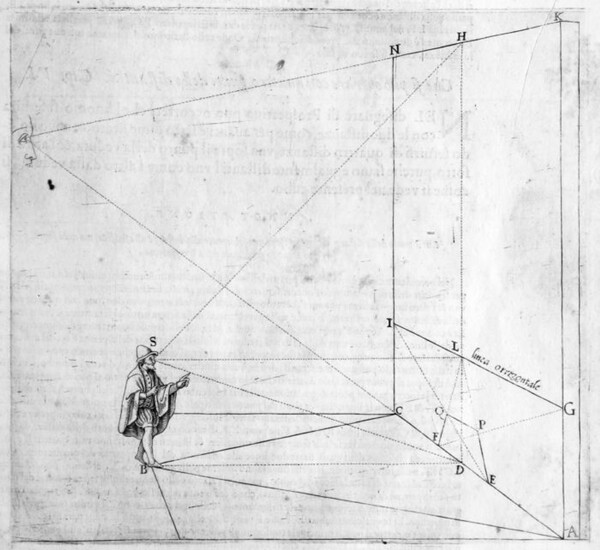

Perspective diagram from Ignazio Danti Vignola, Le due regole della prospettiva pratica, 1583.
To this we might add that the drawing system of perspective, relying as it does on accurate measurement to construct its space, emerged within the highly mercantile contexts of Florence and Venice; places where the measurement of goods was fundamental to the accumulation of wealth.
In other words, perspective brought spiritual divinity and earthy pragmatism together into the same representational space. It presented what appeared to be a “workable” model of the world; drawings whose spatial principles seemed to coincide very closely with ours. Indeed, that’s exactly what happened when Brunelleschi “proved” the accuracy of linear perspective with his experiment at the Florentine Baptistery. By demonstrating that the space of the real and representation matched, perspective’s claim on the real was cemented.
Within the many books written since the Renaissance that teach perspective drawing lies a strange kind of space that, step by step, shows the inherent constructional project embedded in the system; that a way of constructing a drawing is also the way to construct the world. Start by drawing a straight horizontal line across a blank sheet of paper. Suddenly, the page has been transformed into an empty graphic desert, divided by the horizon into land and sky. By placing a dot on this line to mark the vanishing point, the space of the page becomes taut and defined. From this dot, lines emanates like black rays; bursts of graphic energy throwing a net over the pictorial space, defining its territory.
The vanishing point is an infinitely dense graphic point that acts as origin point of the world, or the end of the world. A dot that contains an outline of everything that could ever be depicted.
Lessons proceed by showing how to dress up this abstract, alien world; to fill it in, to decorate and occupy it so that it begins to resemble the world beyond the space of page. Geometric forms become recognizable as fragments of architecture; gridded planes become floors and walls. These worlds appear in state of construction, of coming into being as if each drawing is playing out its own creation myth. They suggest that the real world also emerges from the vanishing point, from the idealism of geometry and, at least originally, divinity.


Perspective view of a town before a bay in outline, after Agostino Carracci.
The Renaissance obsession with both the divine and geometric that perspective gave form to is exemplified by De Divina Proportione, a book first printed in 1509 by Luca Pacioli with illustrations by Leonardo da Vinci. Within it, Pacioli describes the divine qualities of geometric form. He shows how these qualities cascade from pure geometry (and God) to the earthly world in the form of architecture, faces, and letterforms. God is, in this way of explaining the world, in the measurements.
That Pacioli, a Franciscan friar as well as mathematician, is also credited with the invention of double entry bookkeeping should come as no surprise. “Double entry” is a system of recording transactions in terms of credit and debit; a debit in one account will be offset by a credit in another, so the sum of all debits must be equal to the sum of all credits. Double entry remains the basis of contemporary accounting. It is the space that appears when spreadsheets are opened, just as perspective is the space that appears when Sketchup is fired up and pictorial space for constructed the lonely figure in an empty world.
Both perspective drawing and double entry bookkeeping are systems that seem to help accurately record the world as it is. But at heart, the power that both have is to remake the world according to their own vision. William M. Irvins Jr. suggests just how fundamentally perspective shaped the modern world in On the Rationalization of Sight: “Many reasons are assigned for the mechanization of life and industry during the nineteenth century, but the mathematical development of perspective was absolutely prerequisite.”2
The power of perspective is not only its internal representational mechanism, but how it projects its ideal geometry outwards into the world. Not as a form of recording the world, but of constructing it. Unlike the representational space of the cave, which internalizes the world, perspective is mapped outwards from its vanishing point, beyond the frame of the page and into the world.
One can further argue, along with Hito Steyerl, that concepts which emerge from perspectival space shape geopolitical space:
The use of the horizon to calculate position gave seafarers a sense of orientation, thus also enabling colonialism and the spread of a capitalist global market, but also became an important tool for the construction of the optical paradigms that came to define modernity, the most important paradigm being that of so-called linear perspective.3
Fine art has had its own longstanding arguments with perspectival representation. Since Cubism shattered the illusion of the singular point of view, perspective has cut itself loose in multiple ways from the tyranny of the vanishing point. But architecture is still intrinsically tied to the perspectival project, and perspective retains a special place in the architect’s representational arsenal.
Architectural drawings operate with a particular kind of agency. They are instructions use to construct the world. They are read as illustrative descriptions of a proposition, as if the act of representation was entirely neutral and completely natural. Views—be it in the form of a sketch or hyperreal photographic render—are used as if the systems used to construct them are somehow transparent; as if nothing has changed since Alberti’s description of perspective:
First of all, on the surface on which I am going to paint, I draw a rectangle of whatever size I want, which I regard as an open window through which the subject to be painted is to be seen.4
That’s to say, when looking at—or making—a perspectival drawing, the medium itself is expected to be entirely transparent, just as the world through that window is real. To accept these “truths” means forgetting the prejudices, complexities, and ideologies of representation itself.
Just as language constrains what it is possible to say—or perhaps even think—the conventions and genres of representation used to create architecture also set out the terms of its engagement with the world. They may appear to represent space as a simple, “natural” thing, but the possibilities of the space they depict are already contained within them before pen is put to paper, or cursor to page. Their apparent plausibility lulls us into their service; their convenient conventions and techniques constrain the possibilities of imagination.
Most contemporary architectural drawings happen digitally. Drafting software is set up with the conventions of architectural representation embedded into its code. Applications designed especially for architectural design have dropdown menus that allowing one to flip between orthogonal, perspective, and isometric views effortlessly. No longer does effort have to be expended to construct drawings. Their “spaces” are preset. Anything can be drawn, but only on the terms that the application sets out.
For all of this apparent liberty, it is these applications, not architects, that now construct space. In other words, they have turned something that had to be actively constructed into a given, inert, unavoidable state. The automation of representational space excludes the most fundamental of architectural questions: What is space?
Attempts to deploy alternative, even Cubist types of architectural space, from Deconstruction to Parametracism, have only served to reinforce traditional representational modes, insofar as their highly complex forms have required the development of hyper accurate software that replicate the spatial constructs of traditional architectural representation. In other words, advanced 3D modeling software have only served to reinforce preexisting forms of representation. Furthermore, they have cast architectural representation as an entirely separate activity from designing the architectural object itself, while at the same time mirroring it as closely as possible. Just as a fiberglass replica of a cave acts as a wholly accurate 1:1 reconstruction, yet whose exactitude is the thing that makes it entirely different from its source, representation becomes a way of simulating, yet banishing the real. In representational terms: the closer we get, the further away we are.
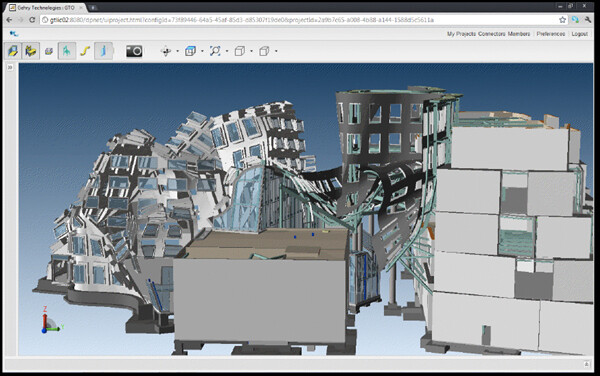

Screenshot of a Frank Gehry-designed building within GTeam, a collaboration software by Gehry Technologies.
Yet digital technologies more widely have served to construct space in fundamentally different ways. And if perspectival vision emerged in the context of the Renaissance, in line with the way that power conceived the structure of the world, these contemporary forms of vision are just as entwined with power.
To serve as an example, Hunted, a British TV show hybrid between reality and documentary, relies on this new kind of vision. Its premise is simple: teams of two people must evade detection for a number of days and make it to a rendezvous site without being located by a team of agents based in a mock-up operations room. The ops room is flooded with feeds: CCTV, ANPR, ATM transactions, internet traffic, mobile phone use, and cell tower locations. The point of view of the viewer switches between the two; between, one might say, the map and the territory. What it reveals is self-evident: that the way the state “sees” is an overlapping patchwork of multiple points of view; of image, text, from above, in motion, in high and low resolution, at varied scales, in different projections, simultaneous, and in real time.
The world as seen through the lenses of Hunted is a world with no possibility of disappearance. Is this a world where the possibility of a vanishing point itself has vanished? And without a vanishing point, is perspective even possible?
In contemporary theaters of war, vision is rendered through a kind of a networked field; a military internet of things that connects people, objects, and their flows through space in a three-dimensional matrix of technology. BAE Systems, for instance, advertise their Airborne Wide Area Persistent Surveillance System (AWAPSS) as:
an unblinking eye in the sky commanding a persistent watch over troubled areas to provide decision makers with useful and focused information. Ideal for large complex events such as natural disaster recovery, harbor security, VIP protection, large sporting events, and anywhere wide area surveillance is needed to help protect life and commodities.5
AWAPSS and its ilk are the endgame of Cubism: multiple, simultaneous, fractured views assembled to produce the image of a thing. Diagrams showing their deployment remind of those figures in Renaissance perspective books; except now, those frock-coated people with dotted cones of vision emanating from a single eye have become machines, and their cones of vision have multiplied many thousands of times. Even more, the images produced by these machine eyes are themselves read by other machinic forms of vision to hyperbolic effect.
It’s worth remembering how perspective and axonometric drawing systems, soon after their invention, became forms of military technology as tools of topographic surveying and methods of designing military fortifications (hence the naming of both cavalier and military projection systems).
As new technologies of seeing increasingly bleed into everyday life, live-translating signs at Spanish tourist sites for instance, a different kind of space emerges. Our vision, like the Hunted operations room or the AWAPSS command center, has become infinitely wide, yet as shallow and as flat as a screen; completely raw, yet always filtered.
Marshall McLuhan explained TV as an extension of the optic nerve, but today, the human nervous system is hardwired into multiple and simultaneous locations. The entire catalogue of human visual culture is available at a keystroke, served up in grids that dislocate images from their context, with adjacencies formed algorithmically rather than by any coherent classification. The perspectival set up—that single directional line of viewer-to-subject that characterized its spatial relation—has forked and multiplied into decentralized and distributed webs. Vision—and power for that matter—is no longer organized as a single line. How we “see” to see and how “seeing” shapes the word has radically changed.
Contemporary space is as distant and different from Renaissance space as it is from cave art. Perhaps, given time, as the vanishing point becomes increasingly anachronistic to contemporary vision, perspectival space will become as illegible as the paintings in El Castillo. And as it does, the question of how we conceptualize and articulate space and representation will re-emerge. At some point—soon perhaps—we will have to ask: What does representation mean when everything can be seen, everywhere, all the time? For architecture, this is not a pictorial question, but a far more profound issue. Representation is the site that where conceptions of space are generated and formalized rather than simply illustrated.
The hyper-photorealist render is the final conclusion of a representational system that originates with Alberti’s open window. Intensely beautiful and disarmingly compelling, their power resides in the effect of realism produced by marshalling and perfecting 600 years of visual culture. In their technical and optical sophistication, these images act as the end of representational history. They imagine that the ideological battles of representation are over, replaced by a universal way of seeing. This idea is as much an illusion as the pixel perfect glint of sunrise on glass that they depict.
Over the last decade, a different generation of architects has rejected this representational form. Instead they have sought an escape route from both the CGI render and the tyranny of perspective. By resurrecting a new interest in representation as an architectural project these approaches allow us to sidestep the endgame once avant-garde ideas have atrophied into monotoned banality.
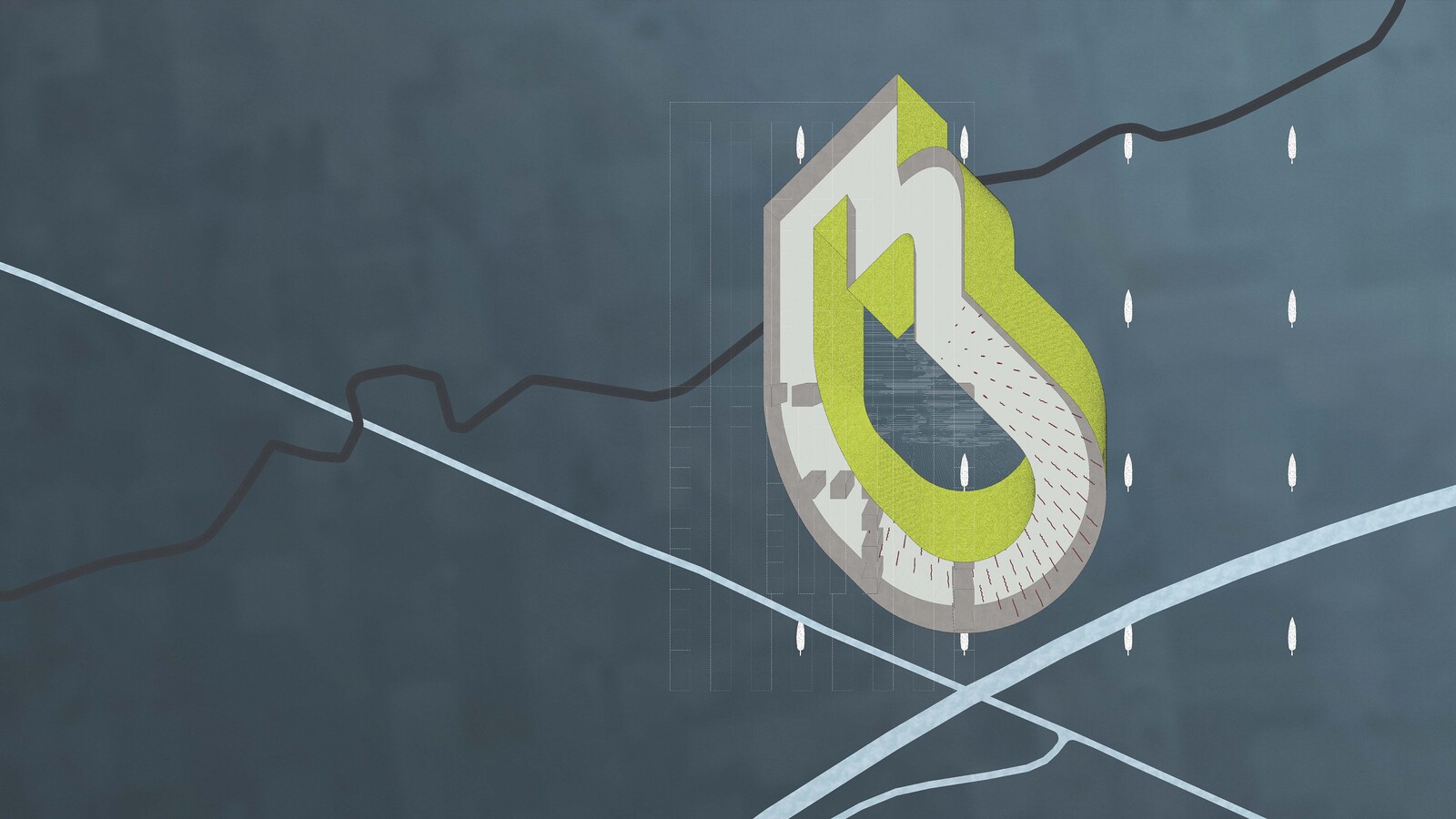
Drawing: Spencer McNeil, 2016, UIC School of Architecture.

Drawing: Elnaz Rafiti, 2016, UIC School of Architecture.

Drawing: Andrew Jennings, 2016, UIC School of Architecture.
Drawing: Spencer McNeil, 2016, UIC School of Architecture.
This rejection of the technical sophistication of the photorealistic “real” instead embraces a new awkwardness. It finds itself making digital collages that hit Google images hard and proclaim their diverse sources. Instead of complex three dimensionality, they take advantage of Photoshop and Illustrator’s ability to operate in an infinitely layered two-dimensional plane—which, in passing, operates as a native digital space rather than a simulation of the real just as a digital database can operate in nth dimensional space. These drawings accentuate the artificiality of the drawing, sometimes through the use of one point perspective, or by rejecting perspective entirely for a flattened “digital Byzantine.” These, amongst others, are tactics of post-digital architectural drawing. Far more than a stylistic project (though this is always a present danger of representational regimes), they configure an approach to digital culture that turns away from the pixel-perfect simulation of the real to expressly declare the representational quality of the drawing. These drawings accentuate representation’s “representational” quality, eschewing preset realism in order to expose how drawing and seeing are active in constructing the world. And in doing so, they open the question of space itself. In their rejection of realism they, counter-intuitively, take us closer to an architectural truth: That all architecture, from the drawn to the built, is a form of representation, and that the relationship between the two is closer than would be traditionally admitted. We could even argue that the post-digital turn in architectural representation reconfigures the relationship between the drawn and the built, returning us to a condition similar to the cave. A space where the distinction between the drawn and the real melts into a single idea: An architecture of representation.
“We become what we behold. We shape our tools and then our tools shape us,” John Culkin writes.6 This is as true of architecture as it is of ourselves. Buildings are shaped by the tools and processes used to create them. As such, perspective was never only way of drawing; perspective shaped the things that were drawn, the way they were placed in the world, and the world itself. How vision is constructed—the ways in which we see—and the representational regimes deployed, determines the world that is created.
Erwin Panofsky, Perspective as Symbolic Form, trans. Christopher S. Wood (New York: Zone Books, 1991).
William M. Ivins Jr., On the Rationalization of Sight with an Examination of Three Renaissance Texts on Perspective (New York: Metropolitan Museum of Art, 1938).
Hito Steyerl, “In Free Fall: A Thought Experiment on Vertical Perspective,” e-flux journal 24 (April, 2011), ➝.
Leon Battista Alberti, On Painting and On Sculpture: The Latin texts of De Pictura and De Statua, trans. Cecil Grayson (London: Phaidon, 1972).
See ➝.
John Culkin, “A Schoolman’s Guide to Marshall McLuhan,” The Saturday Review (March 18, 1967), ➝.
Architecture and Representation is a project by Het Nieuwe Instituut, The Berlage, and e-flux Architecture.
Category
Subject
Architecture and Representation is a collaboration between Het Nieuwe Instituut, The Berlage, and e-flux Architecture.
